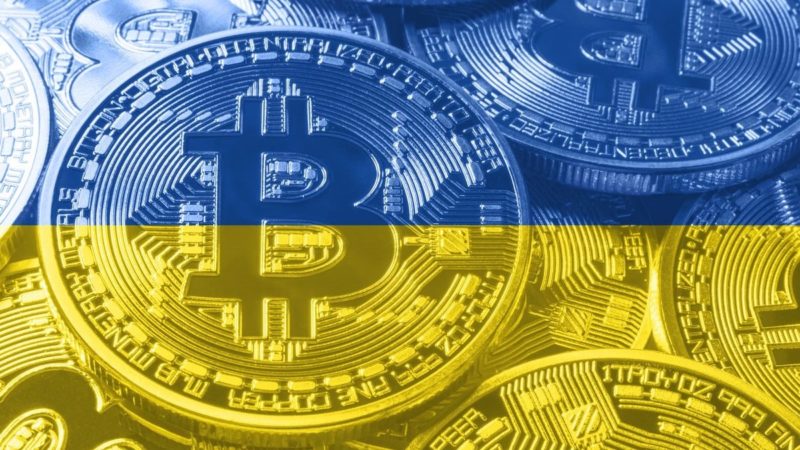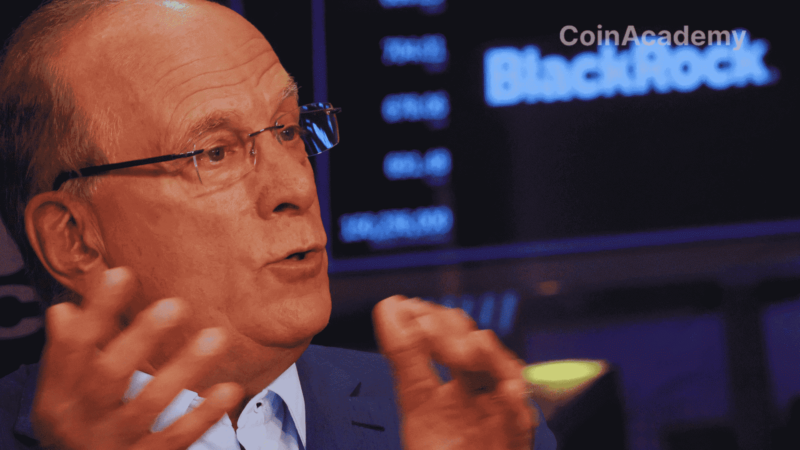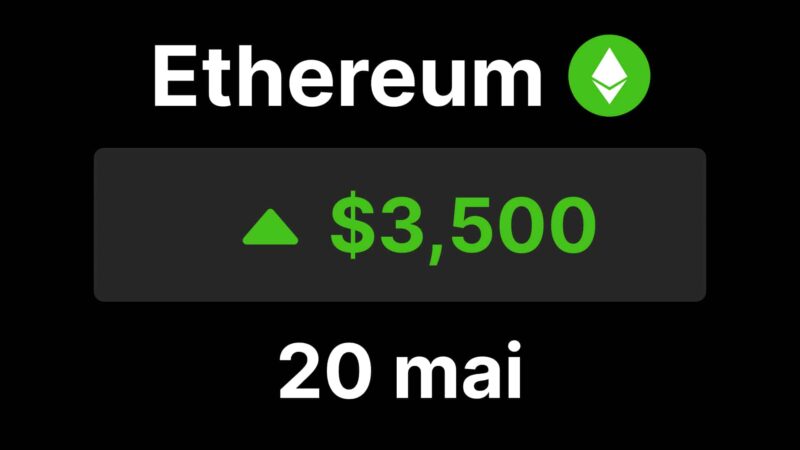|
Getting your Trinity Audio player ready...
|
Meme coins like Dogecoin, Shiba Inu (SHIB), and most recently – PEPE Coin have made their mark in the crypto industry. But what does their future hold? Will they continue to be prominent players, or will they fade away?
ChatGPT on the Future of Meme Coins
To get some insight into the world of meme coins, we consulted the popular AI-based language model, ChatGPT. While the chatbot does not give financial advice, it had some interesting thoughts on this topic. Please note that the following is not financial advice, but for educational and entertainment purposes only.
According to ChatGPT, meme coins such as DOGE, SHIB, and PEPE have gained popularity due to their association with Internet memes and viral content. They often rely on community-driven initiatives and social media engagement to attract users and investors. Celebrity endorsements, brand recognition, and online trends also play a significant role in their success.
ChatGPT believes that predicting the future of meme coins is challenging due to multiple factors, including regulatory developments, market conditions, and investor sentiment. Some meme coins may continue to gain attention and popularity, while others may fade away or be overtaken by new trends.
One thing ChatGPT is certain of is the high volatility of meme coins, and advises seeking professional advice before investing in them.
What Does ChatGPT Think of PEPE Coin?
PEPE Coin is the latest hit in the market, having had a market capitalization of nearly $2 billion less than a month after its launch. According to ChatGPT, the PEPE meme coin aims to capitalize on the popularity of the Pepe the Frog meme and generate interest and attract investors through social media engagement and community support.
It remains to be seen whether PEPE will outperform SHIB in the next cycle or if any meme coin will dethrone Dogecoin. But what is clear is that meme coins have become a part of the crypto culture, and their future will be shaped by a combination of factors that are difficult to predict.




